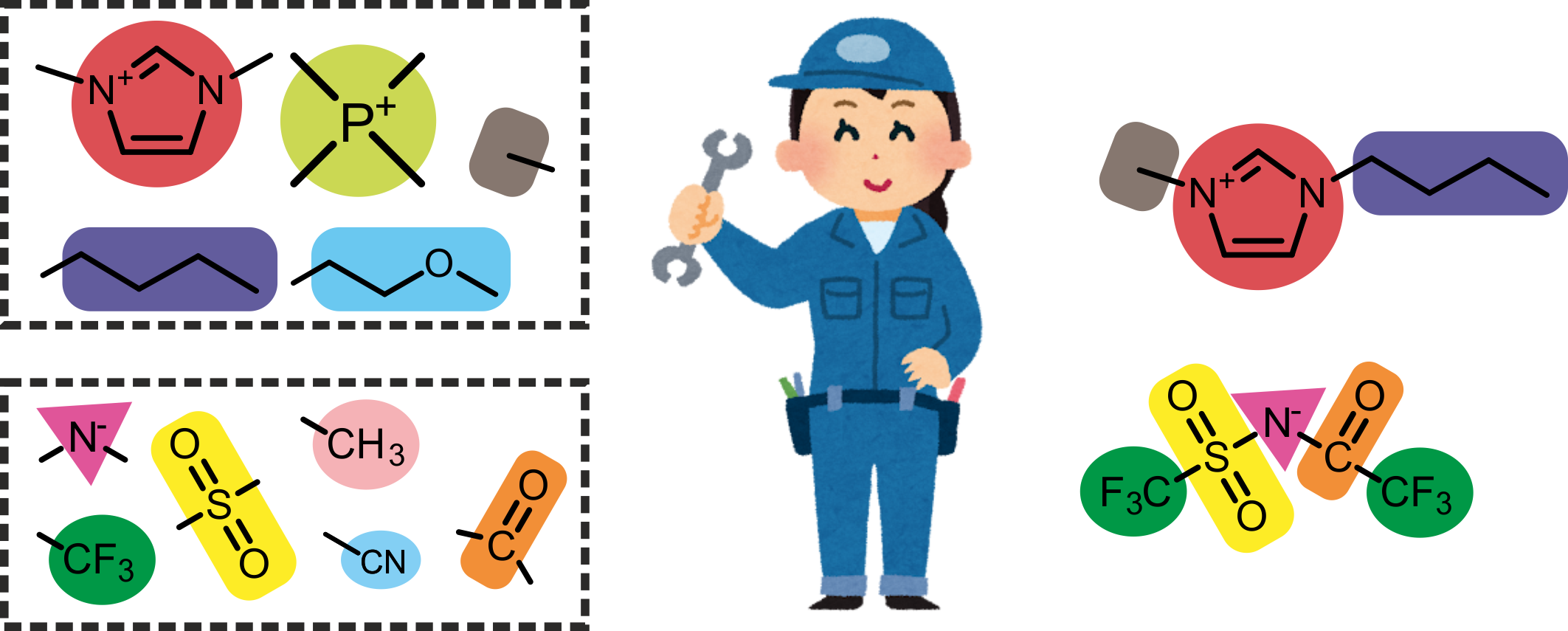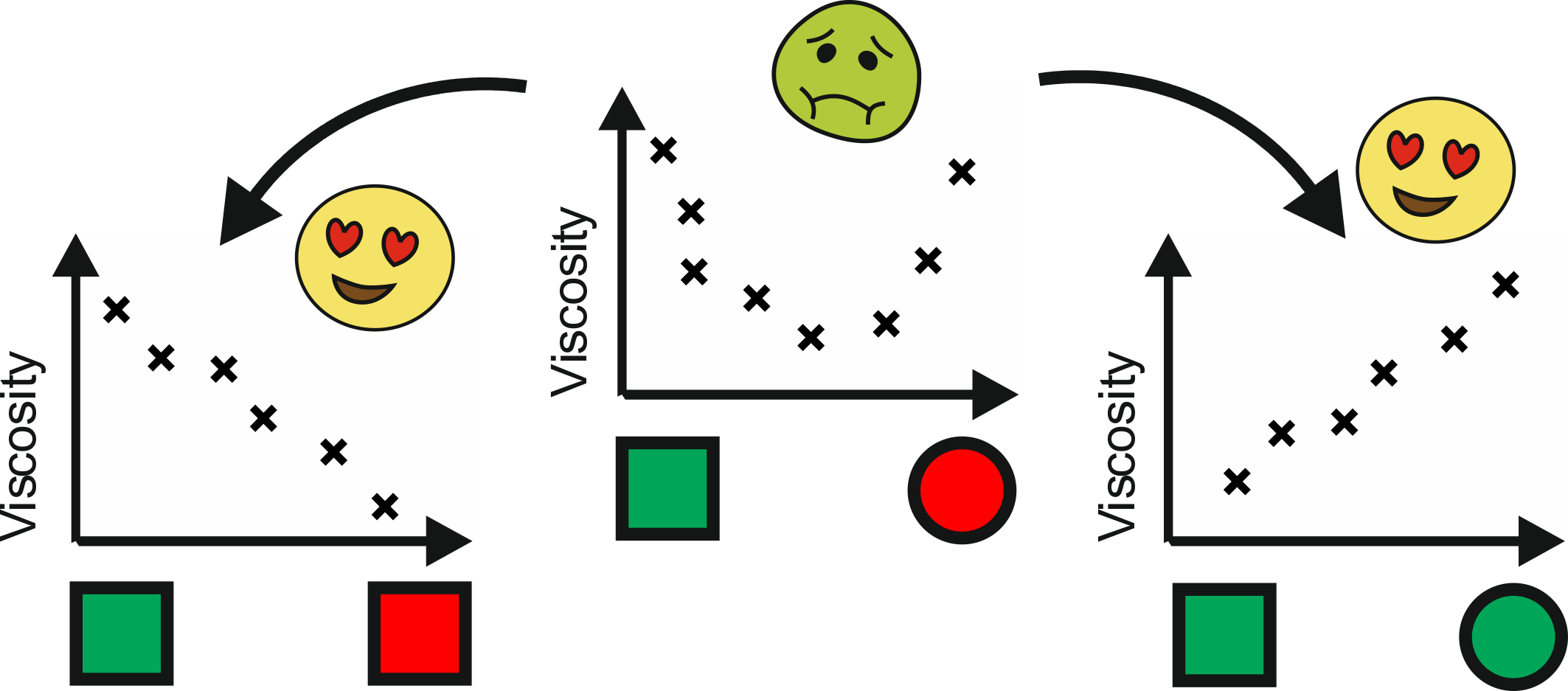What are ionic liquids?

Ionic liquids are, simply put, liquids made up of ions. This definition encompasses also conventional molten salts, such as table salt when heated to over 800 °C. These high temperature are a problem for most applications; hence nowadays 'ionic liquids' refers to ionic liquids at room temperature. There is an incredibly large number of possible ions that form ionic liquids; and of course even more mixtures of ionic liquids. This means that the properties of ionic liquids can be fine tuned and tailored for a certain application. Virtually any chemical process or product needs some solvent somewhere. This is where ionic liquids come into play, and there are already quite a few interesting industrial applications:
- Separation of refrigerants
- Rare earth elements recycling and separation
- (Waste) wood processing
- As electrolytes for batteries, supercapacitors, ...
The PILSEN Project
PILSEN stands for 'Porous Ionic Liquids for Sustainable Energy'. The idea behind this project is to develop a chemical platform which can be used for biogas upgrading, i.e. the removal of CO2 from biogas. Porous ionic liquids are well suited for such a task since they do not evaporate and can absorb large amounts of gas. The advantage over some of the existing solutions is that the ionic liquid can also serve as a reaction medium to convert the CO2 into something more valuable, rather than just releasing it into the atmosphere.
Further Reading: ChemSusChem, 2025, 18, e202501347.
Lithium Battery Electrolytes
Lithium batteries are ubiquitous. It is important to develop better electrolytes for such batteries to increase their safety and efficiency. Usually, lithium battery electrolytes are not neat ionic liquids, but rather contain some amount of solvents and other neutral additives. Nevertheless, the physics that dominate the behaviour of these electrolytes show many similarities with ionic liquids.
A particularly interesting case are solvate electrolytes. These are electrolytes which are so concentrated that virtually no free solvent is present. It is even possible to use solvents which would be unstable in a lithium battery just by themselves.
Further Reading: Phys. Chem. Chem. Phys., 2025,27, 15185–15195.
Further Reading: Chem. Sci., 2024,15, 7342-7358.
Ionic Liquid Design

How can we navigate the vast chemical space of ionic liquids efficiently? In other words - how do I find the perfect ionic liquid that meets my requirements with minimal effort?
This goal can only be achieved by understanding ionic liquids on a fundamental level. If we know how the properties of ionic liquids emerge from their building blocks, then we can change those building blocks to design ionic liquids with a certain property. One of the key problems here are confounding variables. For example, if we make a carbon chain longer to find out the effect of 'carbon chain length', then we actually change a lot of variables at once: the mass of the molecule, the van der Waals interactions, the conformational flexibility... Clever experiments and simulations are needed to tell their effects apart!
Further Reading: Phys. Chem. Chem. Phys., 2021,23, 6993-7021.
Further Reading: Chem. Sci., 2023,14, 10340-10346.

Sustainable Ionic Liquids

It is important to mention that not all ionic liquids are inherently 'green'. In fact, many of them have been found to be toxic and/or persistent in the environment. Ionic liquids have already been found as environmental pollutants, in some cases even in the blood stream of the general population. Something needs to change, and researchers in academia need to take these aspects into consideration. After all, the academic research done on early ionic liquids has already well arrived in industry. I am convinced that, if we provide sustainable solutions, they will be adapted just like their not-so-sustainable predecessors.
Funding
Everything you see on this page has been made possible through funding from various sources. I am very grateful for their support which allows me to live my passion for science!


